We're asking sailors at SailGP to help protect Plymouth's marine park
This weekend the prestigious SailGP event coincides with the start of a 'Voluntary No Anchor Zone' in parts of the Plymouth Sound. We'll be there to raise awareness about the importance of protecting the precious seagrass meadows in the marine park.
When eight catamaran teams take to Plymouth's waters to compete in the Great Britain Sail Grand Prix, it's sure to be a spectacular sight. The world's fastest sailing race attracts 24,000 spectators and reaches a global audience of 231 million people.
The adrenaline-filled competition might be the event of the year for sailors, but we're excited for a different reason. Plymouth is also the site of Britain's first National Marine Park, and this weekend marks the start of the Voluntary 'No Anchor Zone' there.

Traditional buoyed mooring chains can damage the seabed
What has sailing got to do with seagrass?
Shallow, sheltered bays make good anchorages for boats, but they're also where seagrass meadows flourish. Traditional buoyed mooring chains scour deep abrasions in the sediment, creating a 'scar' on the seabed that takes years to recover.
Jean-Luc Solandt, Principal Specialist, Marine Protected Areas, at the Marine Conservation Society, explained: "We've been working with Princess Yachts and the Ocean Conservation Trust to protect seagrass beds from moorings, using 'Advanced Mooring Systems' to stop the abrasion of chains on the delicate seagrass blades."
With so many boats in Plymouth this weekend, it's the perfect time to raise awareness of how recreational activities can damage marine habitats.

Spiny seahorse sightings have become increasingly rare due to the loss of seagrass meadows
Credit: Georgie Bull
Why is seagrass so special?
Seagrass meadows are highly sensitive but important marine ecosystems, which stabilise the seabed, protect beaches from erosion and lock in huge amounts of carbon, which can help slow climate change.
Over the last century, as much as 92% of the UK’s seagrass has been lost.
They're also vital habitats for a plethora of marine animals, including cuttlefish, sharks, cod, plaice and pollock.
Long-snouted seahorses (also known as spiny seahorses) can be found in seagrass beds throughout the south of the UK. However, due to environmental changes such as the destruction of seagrass habitats, there has been a sharp decline in the seahorse population and this once common marine species is becoming increasingly rare.
Earlier this year, Marine Conservation Society volunteers took part in England's biggest ever seagrass planting programme, conducted by Ocean Conservation Trust as part of the LIFE Recreation ReMEDIES project to protect and restore seagrass in Plymouth. Hundreds of seagrass bags were dropped at Jennycliff Bay in the Plymouth Sound to help the seabed to regenerate.
With the support of local marinas, sailing clubs and SailGP organisers, we're asking mariners to help us to protect this newly planted meadow, by avoiding mooring in the new Voluntary 'No Anchor Zone' .

As project to restore precious seagrass meadows is currently underway in Plymouth
Credit: Ocean Conservation Trust
Those with tickets to the event can come and see us to find out more about the Voluntary No Anchor Zones and all the work that the Marine Conservation Society and other ReMEDIES partners are doing to protect and restore our marine environments.
Spread the word on Twitter @SeaChampsSW and Facebook Sea Champions South West.



